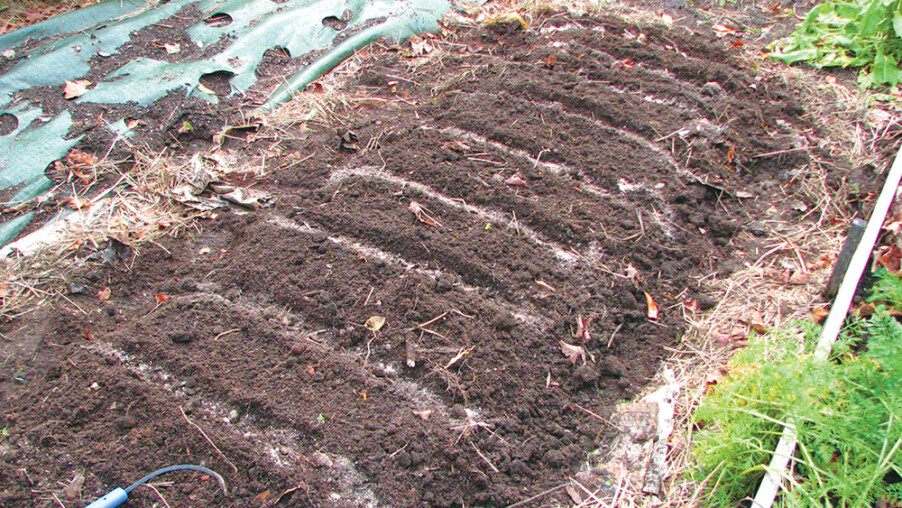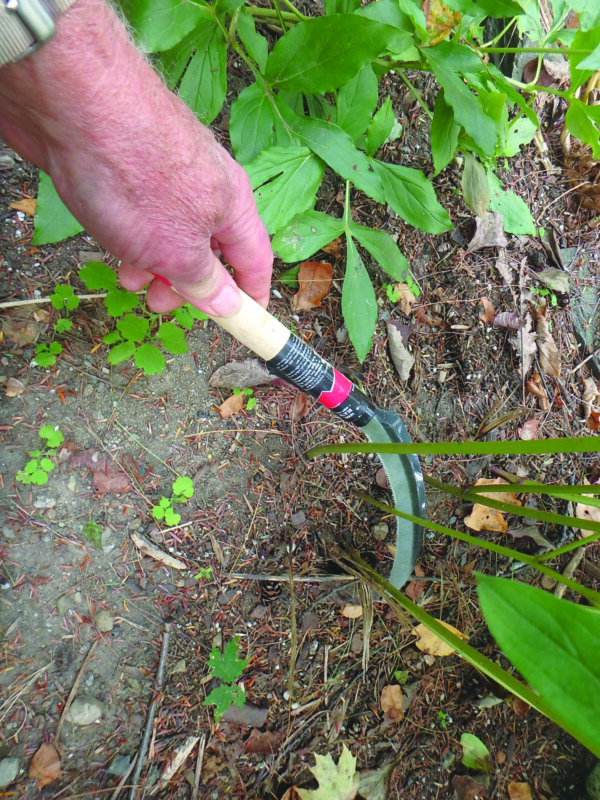Family fun for the weekend
• Milford’s Trick or Treat on the Oval returns to the Oval gazebo area on Friday, Oct. 28, from 3 to 4:30 p.m. Downtown businesses and nonprofits will hand out candy to trick-or-treaters as supplies last. Visit milfordrec.com for more information.
• The Bookery (844 Elm St., Manchester) is hosting a kids Halloween party on Friday, Oct. 28, at 5 p.m. There will be story time, sing-alongs, a costume parade, book signings and more. The event is free, but a space must be reserved. Visit bookerymht.com to access the Eventbrite page to reserve a spot.
• Celebrate the reopening of the Allard Center pool with a spooky open house on Saturday, Oct. 29, from 10 a.m. to 1 p.m. at the YMCA Allard Center of Goffstown (116 Goffstown Back Road). In addition to free pool activities like lap swim and open swim, there will be lifeguard swim tests, free family gymnastics, free open climbing, Halloween treats, a selfie station and more. Guests are encouraged to come in costume. Visit graniteymca.org for more information.
• Join the Fisher Cats for Trick-or-Treat at the Ballpark on Saturday, Oct. 29, at Delta Dental Stadium (1 Line Drive, Manchester) beginning at 1:30 p.m. The annual event will have a monster mash dance party, a spooky movie marathon, a costume contest and, of course, plenty of delicious treats. This event is free to attend and more information can be found on the New Hampshire Fisher Cats Facebook page.
• Beaver Brook Association (Maple Hill Farm, 117 Ridge Road, Hollis) will hold its Enchanted Forest family Halloween event on Saturday, Oct. 29, with arrival times starting at 4 p.m. Tickets cost $12. The event will feature “stars, stories, songs and s’mores,” according to the website, which bills the event as “non-spooky fun” with a wildflower trail featuring pumpkins, learning about New England wildlife and more. Visit beaverbrook.org for more information about this event.
• Nashua will hold its Halloween Boo Bash on Saturday, Oct. 29, from 4:30 to 7 p.m. at the bandshell in Greeley Park. The evening will feature a haunted house, a hayride, a bonfire and, at 6 p.m., a silly scary movie, according to the Nashua Parks and Recreation Department. See nashuanh.gov.
• Manchester’s Trick or Trot is on Sunday, Oct. 30, at Arms Park (10 Arms St., Manchester), with a kids’ run at 10 a.m. and a 3K at 11 a.m. Registration is $25 for adults ages 21 and over, $20 for teens and adults ages 12 to 20, $25 for kids ages 9 to 11 and $10 for kids ages 8 and under. Visit millenniumrunning.com to register in advance.
• Even more trick/trunk-or-treating and Halloween parties, movies and events can be found in the Halloween edition of the Hippo, which was published last week on Oct. 20. Find the e-edition at hippopress.com.





